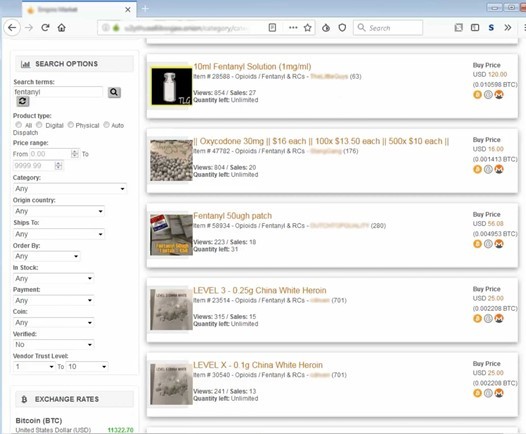|
In the state of Indiana, individuals have certain legal protections under Aaron’s Law when administering naloxone, a medication administered when it is suspected that an individual may be experiencing an overdose from opioid medication or illicit opioids.
Under the law, the person administering naloxone will not be charged with drug possession, unintentional injury, wrongful death or practicing medicine without a license. Aaron’s Law also protects individuals who administered the naloxone against civil liability by the person to whom the intervention drug was administered. For an individual administering naloxone to be protected under Aaron’s Law there are several requirements, including that the person administering is acting in good faith with no display of negligence or willful misconduct and calls emergency medical services (EMS).
The individual who suffered the overdose or any other individual on the scene will not be protected under Aaron’s Law for drug possession or any other illegal activity. The individual who administered naloxone will NOT be protected against other charges other than the mentioned above. Examples of what Aaron’s Law does NOT provide protection against are parole/probation violations, public intoxication or being under the influence.
To learn more about the story behind Aaron’s Law, click here.
 During the COVID-19 pandemic, telehealth treatments increased, including substance abuse treatment. Before the pandemic, approximately 27% of substance abuse treatment facilities had telehealth capabilities in the United States. Data from 2018 shows that only 0.1% of individuals with private insurance and Medicare utilized telehealth for their substance abuse treatments. Before the pandemic, there were many obstacles to accessing telehealth, such as access to the electronic device needed for telehealth access or the privacy of the location utilized while receiving the treatment. Many of these obstacles were eliminated during the pandemic to increase accessibility of telehealth to more individuals. In 2019 only 25% of California's drug misuse treatment facilities utilized telehealth; after the pandemic, this number increased.
Researchers aimed to understand if the evidence supports the effectiveness of continued use of telehealth for substance misuse treatment. A survey was provided to 100 specialty treatment facilities in California; data was collected through the survey from September to November 2020. Examples of data collected to understand the effectiveness of telehealth from the providers point of view included:
- Ease patient access to the telehealth system
- Difficulty of completing intake assessments
- Comfort level of patients during their telehealth appointment
Although more data is needed to conclude the effectiveness of telehealth in substance misuse treatment, the data collected through this research shows that one-on-one telehealth counseling offered minor challenges compared to group telehealth treatment. Research also found that combining telehealth with in-person visits helped target barriers to treatment patients face, including inconsistent internet access or unreliable transportation. Overall, this study emphasizes the importance of continued research to understand better how to improve telehealth for the substance misuse community.
 The Center for Disease Control and Prevention (CDC) released preliminary data showing an increase in overdose deaths 12 months after pandemic-related lockdowns began. Federal Bureau of Investigation (FBI) analysts are working on collecting data to examine online marketplaces in the dark web where individuals can order illicit drugs to be delivered straight to their door. The Criminal Opioid and Darknet Enforcement (JCODE) has seized more than $31.6 million in cash and virtual money, along with 243 kilograms of drugs worldwide from March 2020 to March 2021.
These illicit opioids create an increased risk because many online markets resemble products made by trusted companies and suppliers that adhere to strict policies and procedures. Still, in many cases, these pills can be pressed with fentanyl or other substances and are manufactured in someone’s home or warehouse.
Online marketplaces in the dark web are not the only places where illicit drugs can be accessed. These transactions are also occurring on encrypted apps and mainstream social media. FBI analysts working in Cincinnati also noted that every dealer they arrested had a college degree, a fundamental difference from how the drug traffickers are traditionally seen. FBI teams have said they are having great success with JCODE since its creation in 2018 and look forward to continuing with their success and bringing people to justice.
|